by Theo M. Moore II
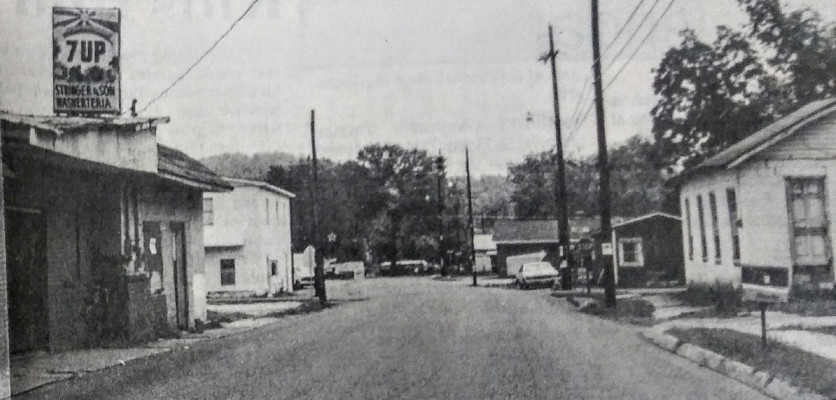
Hobson City is recognized as the first all-African American governed municipality in Alabama. Established in 1899 and located in Oxford, Alabama, the black settlement was known as Mooree Quarters. Although the city of Oxford socially excluded Mooree Quarters, the settlement was permitted to participate in city and county elections.
In 1899, Oxford’s mayor petitioned the state government to redraw the city’s corporate boundaries to exclude Mooree Quarters after an African American man was elected as a justice of the peace.
On July 20, 1899, the African American citizens of the excluded section petitioned the county court to incorporate Hobson City, which they named after the Spanish-American War hero Richmond Pearson Hobson.
In 1901, S.L. Davis, the first Mayor of Hobson City, spoke at the National Negro Business League (founded by Booker T. Washington) in Chicago, Illinois.
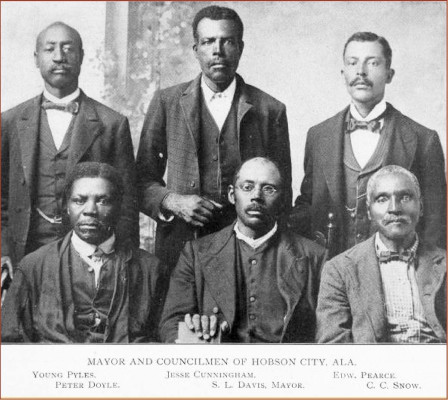

In his speech, entitled “Founding of a Negro City,” he shared the methods of establishing and sustaining a Black municipality to professionals in attendance at the annual conference. This gained Hobson City attention amongst Black communities across the nation.
Specifically, S.L Davis was able to get the attention of Booker T. Washington, who would later assist in the cities efforts of establishing a school for Blacks in Hobson City and neighboring rural communities.
In 1905, Professor Charles Edgar Hanna established the first school in Hobson City called the Hobson City and Oxford Academy. It served the community for over ten years until a fire destroyed the school building.
After the destruction of the school, a proposal for a new building came into fruition through the Rosenwald Initiative. The Rosenwald Initiative was a program that began in 1917 by Sears and Roebuck president Julius Rosenwald to build schools for African Americans across the South.
With the financial assistance of Rosenwald, the support of Booker T. Washington, and money raised by the Hobson City community, the Rosenwald structure was built in 1923. The school was renamed Calhoun County Training School, which gained recognition from the State and County for its bricklaying, carpentry, sewing, and bicycle mechanics.

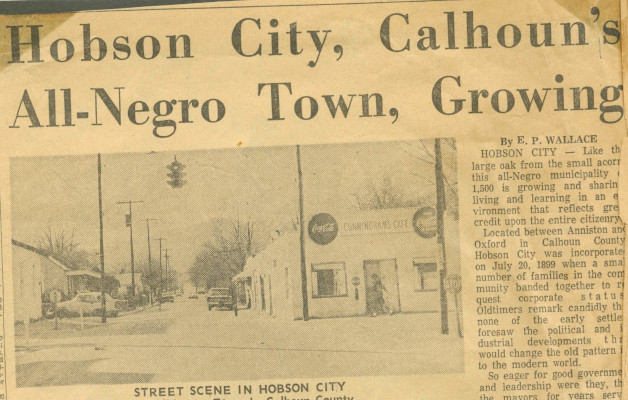
Over the decades, Hobson City experienced growth. There were developments of homes, businesses, recreational facilities, social clubs, and churches.
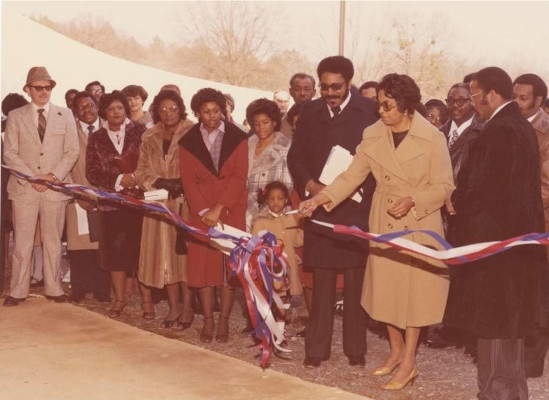
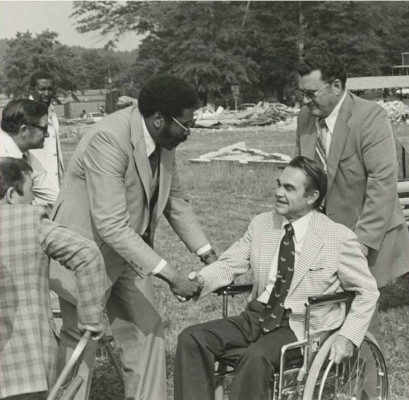



Unfortunately, the progression of Hobson City coexisted with the tension of segregation in the South. It was not until 1972 when the federal government forced the state of Alabama to integrate.
As a result, the Calhoun County Training School integrated with Oxford City Schools. Calhoun County Training School, a Grade 1-12 school, became an elementary school serving both black and white children in the 1st through 6th grades.
A few years later, the school was renamed C. E. Hanna Elementary School after Professor Charles Edgar Hanna.
Due to the drastic changes in the 70s, Hobson City’s citizens began to experience a social and economic decline that has continued into the 21st century.
Despite the gradual decline since the 1970s, Hobson City still stands with unwavering pride under the leadership of Mayor Alberta McCrory.
In 2019, Hobson City partnered with Hiztorical Vision Productions to create a short film documentary called Hobson City: From Peril to Promise that highlights the cities’ inspiring history and present-day revitalization efforts.
Theo M. Moore II is the Founder and Executive Director of Hiztorical Vision Productions
Resources
- Encyclopedia of Alabama, Hobson City
- Hobson City Library, History Room

